We are coming up to our first annual visit from our department moderator, in the next couple of weeks. So I am busy getting all of my paperwork together. When I say paperwork, it’s not actually all that much as far as volume is concerned, but rather, I need it to be chronological and coherent. My job is to present Miss 6s learnings to the Dept. in a way that proves we have covered the key learning areas, as set forward by the curriculum, and to show improvement on Miss 6s abilities over the last 12 months. I also need to show a loose plan for the next 12 months, stating what we intend to cover, and how I intend to link it to the curriculum. To date I have written a very loose plan for the next 12 months – if the last year has shown me anything, it is that everything I plan in detail will be tossed straight out the window! – and all I need to do now is type it up, so that it is legible. I have 2 folders of loose examples of work. I have a folder of various workbooks that Miss 6 has used, I have the dedicated folders for Auslan, Music Class and Science/Steam club, and I have my Facebook page, which acts like a photo diary, and takes care of the need for dated photos. Apart from typing up the 12 month plan, all I need, or, more particularly want to do, is type up a summery of what we have done, what Miss 6 has accomplished, and areas that I feel we need to focus on. I also want to get this blog post done, updating on the last semester of science-based learning that Miss 6 has been doing.
So, with Miss 6s help, I picked 8 areas of scientific study, for her to take a look at. So far we have done 5 of the 8. Initially I had figured we would spend a week or two on each area. But, as I mentioned, anytime I plan something in detail, the plan gets tossed (homeschooling parents are nothing if not flexible!!), and we ended up spending anywhere from 2 to 6 weeks on each area. The areas we picked were;
– Chemistry
– Biology
– Botany
– Geology
– Meteorology
– Zoology
– Astronomy
– Physics
We have done chemistry, biology, botany, geology and zoology. We will do meteorology over the next couple of weeks, but I have a feeling Miss 6 is going to skip astronomy. She did a unit on space last year, and when I mentioned a little revision, she didn’t look too interested!
The chemistry unit went well enough. We bought Miss a second hand chemistry kit, and while we have not used it as much as I had hoped we would – Miss 2 makes it a bit tricky – she had fun with the experiments that we did do. I booked her into a homeschool chemistry workshop at Scitech during this period. There she reinforced what we’d already discussed about states of matter, and had the opportunity to be involved in a few more experiments. At home we experimented with turning water into ice (solid), and then steam (gas) and then back to water (liquid). We also tried to do the instant freeze water experiment, which is advertised widely as being “super easy”, but we found it to be super hard! We were, much to my frustration, unable to make it work. After speaking to a friend of mine, who is a secondary school science teacher, I found out that it is actually NOT as easy as it’s made out! However it was a learning curve for Miss 6, who found out that not everything in science goes to plan, and there are many, many failures, before success.


I based the unit on biology around human biology, as I knew we would be covering plants and animals in separate units. Miss 6 learned about cells, and the different parts of the cell, as well as the difference between plant and animal cells. She already had a basic understanding of the human body, but we delved further into the major organs and what their functions were. She made a working model of lungs, which was a great hit with her as well a Miss 3. The lungs can be seen on our Facebook page, here. She also experimented with growing bacteria in a handwahing experiment, and explored the senses with some fun blindfold games. At the end of the unit, Miss 6 was able to draw a LifeSize body on butchers paper. On this, she correctly placed the heart, brain, liver, lungs, kidneys, windpipe, small and large intestine, stomach, and pelvis. Miss 6 also completed a biology class at Scitech durning this time. During the class she was able to reinforce her learning on cells, as well as use various pieces of equipment to magnify and observe things like hair, string, plant matter and insect parts.
Incidentally, even though Miss 6 has technically finished her unit on biology, this will be an ongoing unit for her, for at least the next few months, as I enter the third trimester of my pregnancy. Miss 6 has been eagerly following and learning all about how a baby is conceived (two cells joining together), how it grows and how it is delivered. She even had a wonderful opportunity to help my midwife with my most recent scan and blood pressure check.
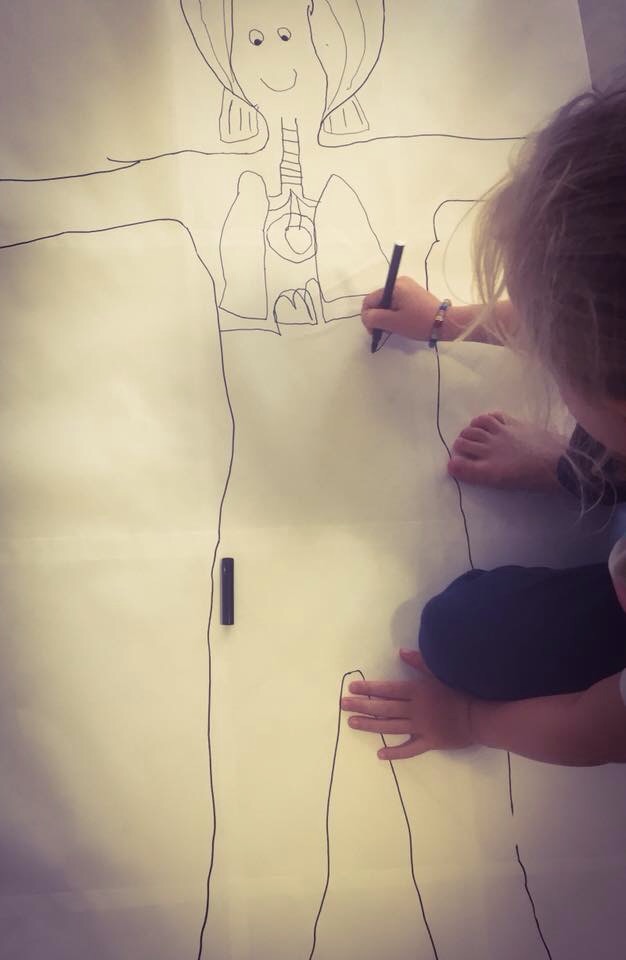
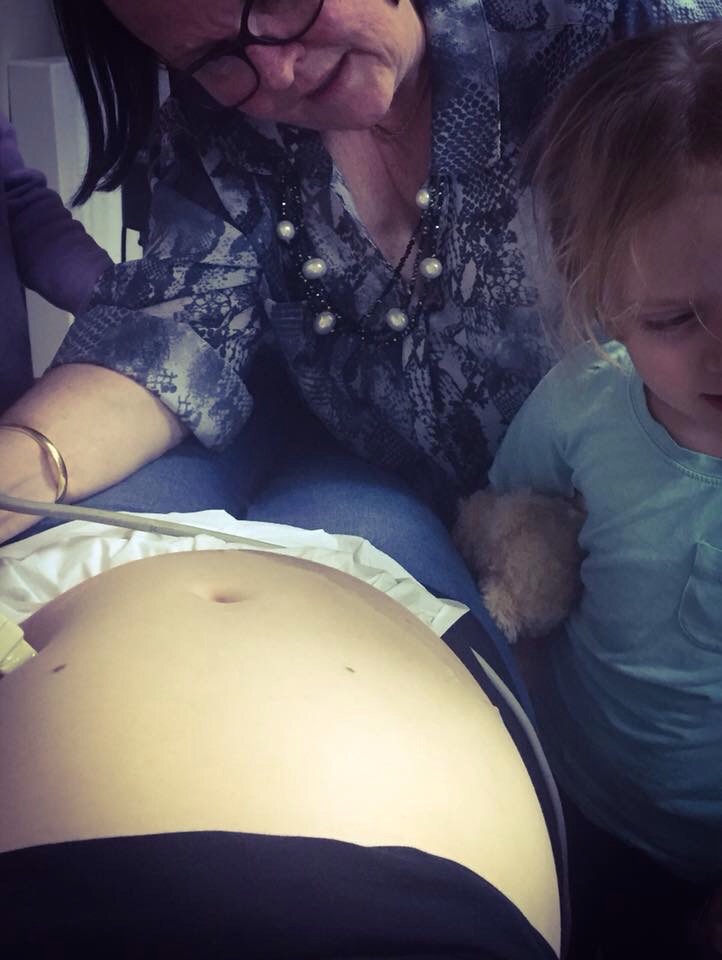
Botany was particularly fun for Miss 6, although it is the shortest unit she has done so far. She learned about different types of plants (trees, bushes, flowers, etc), as well as different parts of the plant. She helped out in the garden, weeding and planting seeds for our winter vegetable patch. She has since been able to watch the seeds germinate and grow. She also learned, about photosynthesis and the fact that plants need sunlight, water and carbon dioxide in order to grow. We did an experiment with celery and food colouring, after she wondered out loud how plants drink water, without mouths. We cut some celery stalks and put them in jars of water, with added food colouring. Then over the course of a couple of days, she was able to observe the coloured water being drawn up the celery stalk and dispersed throughout the leaves. After this time she took the celery sticks and spent a good hour and a half dissecting them, following the veins and tracing the path that the coloured water had taken.

Our unit on geology was another short one. Miss 6 learned about the three types of rocks, and watched some short documentaries on you tube explaining what they were, as well as how they are formed. Our STEAM (science, technology, engineering, art, maths) co-op was, fortuitously, based around rocks. During co-op Miss 6 was able to investigate a fabulous rock/gemstone collection, and refer the rocks to a book that was on hand, to try and identify what type she was looking at. She complete a “cut and paste” activity where she pasted pictures of rocks into a structure (in her case a bridge), and then had to decide whether her structure would work in real life, if she were able to build it exactly as she had pasted it. She made a pet rock – a table was set up with a hot glue gun, a beautiful pile of river stones, and a dozen containers of craft supplies. Hands down it was the hit of the day, with ALL of the children! – as well as an example of a sedimentary rock. The sedimentary rock didn’t quite work as it was supposed to. I think we made the mixture too wet, meaning that it didn’t get hard, but rather stayed soft and crumbly. However she did get the point of the task, as, only today, she took a cup out into the backyard and layered it with various types of sand, soil and rocks, showing me and exclaiming she had made a sedimentary rock! Unfortunately, around this time, Miss 2 killed my laptop and I have been unable to download the photos I took on co-op day. To support her unit on geology, we took a drive, as a family, 2 hours north of here to a geological formation known as The Pinnacles. The girls explored the rocks as well as the little museum that is on site. Miss 6 decided that she had spotted some metamorphic rocks in the desert, and was fascinated with the theory that the formations could possibly be fossilised tree roots from an ancient forest.
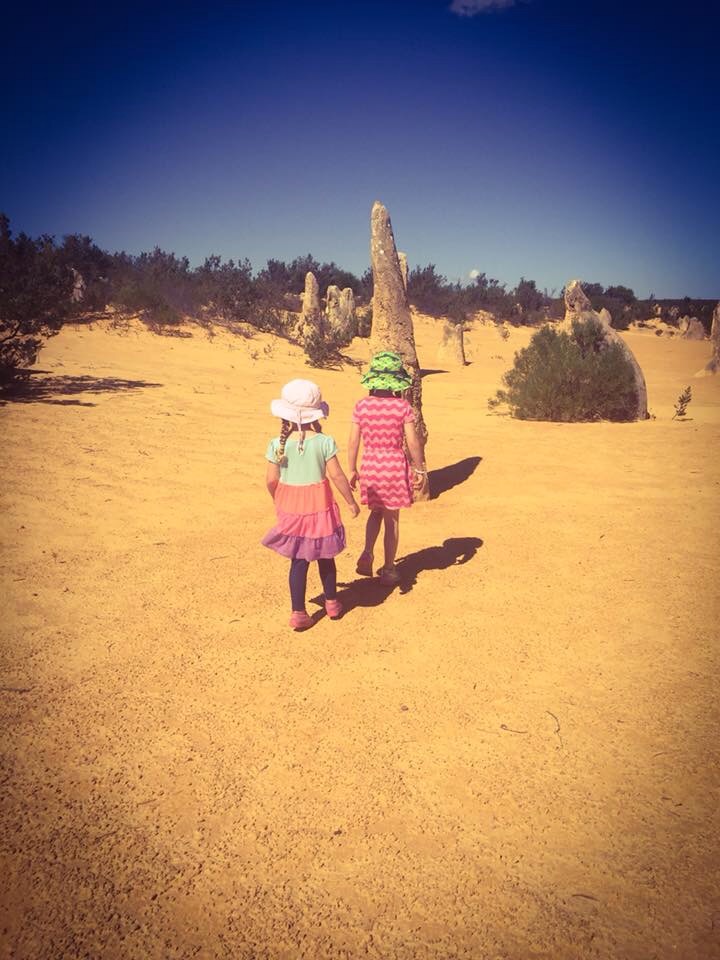
Lastly, we have been, and are currently still, working on zoology. Miss 6 has revised what she knows about different classifications of vertebrates (fish, amphibian, reptile, mammal, bird). She has been watching a lot of documentaries from David Attenboroughs collection, as well as those of her hero, Steve Backshall. She attended a workshop on Birds of Prey, where she was able to hold or pet a variety of raptors. She also learned what a raptor was 🙂 And I took the girls to Caversham Wildlife Park for some close encounters with the mammals there. She made friends with a little wallaby and was terribly sad when she had to say goodbye! We also have, coming up in the next couple of weeks, a Worm Farm workshop (where the children learn about worms, the important role they play, and how to make a worm farm), and a class that is being held at Perth Zoo (where the children will read a book and do a craft based on a particular animal, and then take a walk around the zoo, to find and observe the animal they have just been learning about. 🙂
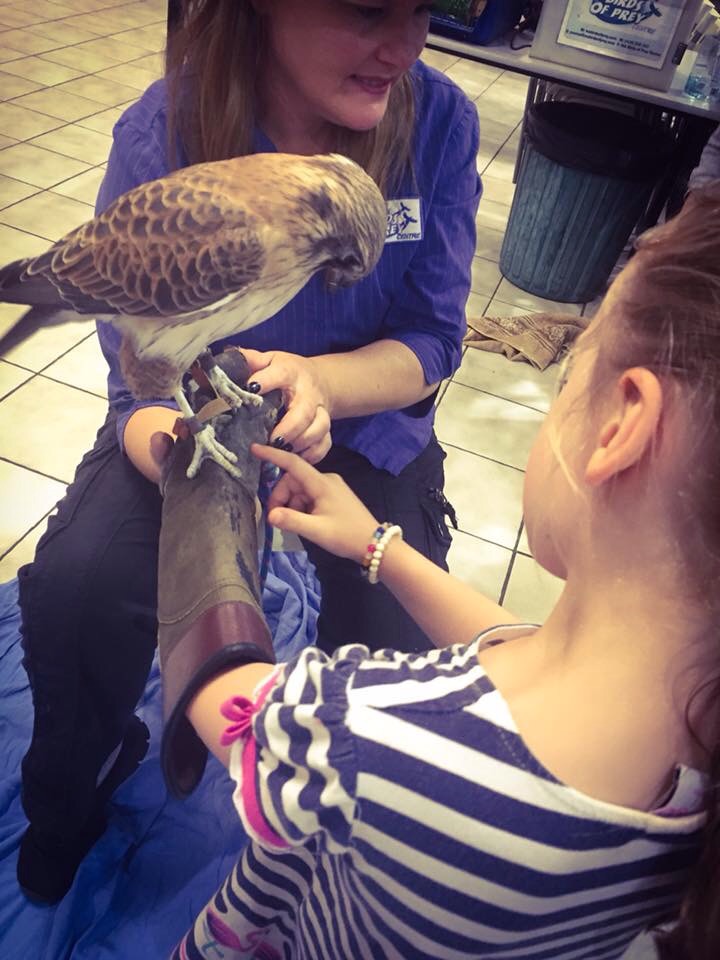
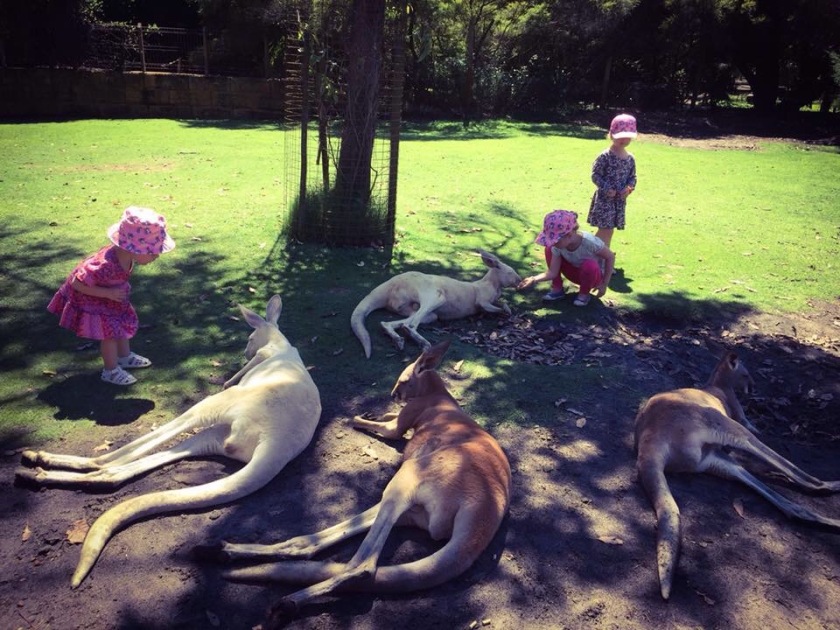
All in all, it’s been a pretty busy first semester for my little Miss. On top of the science, she has been attending music class, dance class, various workshops, play dates, co-ops and lots of outdoor activities. I have seen a big leap in, not only her reading and writing abilities, but her willingness to do it, and I have been amazed, again, at how much knowledge she retains. Also, in amongst the above, she has developed a fascination with movies and how they are made. She has experimented with stop motion, and has written a basic script, made costumes and has asked her beautiful best friend to help out, by acting a part in the short film that she wants to direct. I’m thinking my next blog will involve a couple of movies by Miss 6!

Thank you for sharing! What a lovely article and the photos are amazing too! I love how you put together these information on “A semester of science”. Easy to read, very relatable and great tips! Can’t wait to read more!
LikeLike